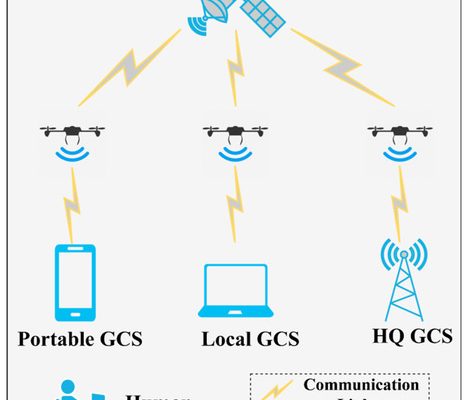You Need to Download Apple’s Latest Updates. Here’s How

Staying up-to-date with the latest software updates is essential for any device, and this holds especially true for Apple devices. Regularly downloading and installing Apple’s latest updates brings numerous benefits, including improved security, bug fixes, new features, and enhanced performance. If you’re wondering how to keep your Apple device updated with the latest software releases, here’s a simple guide.
Why Software Updates Matter
Software updates play a crucial role in maintaining the overall health and functionality of your Apple device. Here are some reasons why you should prioritize downloading them:
Enhanced Security
Apple constantly works on strengthening its operating systems’ security by addressing vulnerabilities that may be discovered over time. By regularly updating your device, -you ensure it has
the most recent security patches,
-protecting you from potential threats.
Bug Fixes
Updates often include bug fixes that address issues reported by users or identified through internal testing. By applying these fixes, -you can enjoy a more stable and reliable experience while using your Apple products.
New Features
Apple frequently introduces exciting new features through software updates. Whether it’s improvements to existing apps or entirely novel functionalities, downloading the latest updates allows you to access these enhancements and enriches your user experience.
Performance Improvements
Updates often include optimizations designed to improve system performance. These refinements can lead to faster response times, smoother multitasking capabilities, and overall better efficiency on your device.
How to Update Your Device
Updating an Apple device is typically straightforward. Here are general steps outlining how you can download and install the latest updates:
1. Check Compatibility:
Ensure that your device supports the update you wish to install. Some older models might not be compatible with newer operating system versions.
2. Backup Your Data:
Before proceeding with any update, it’s always a good practice to back up your data. This way, if anything goes wrong during the installation process, you won’t risk losing important files or information.
3. Connect to Wi-Fi:
It’s recommended to connect your device to a stable Wi-Fi network before initiating the update. Downloading updates over cellular data may incur additional charges and can be slower than using Wi-Fi.
4. Software Update on iOS/iPadOS:
• On an iPhone or iPad, navigate to “Settings.”
• Tap “General” and select “Software Update.”
• If an update is available, tap “Download and Install.”
5. Software Update on macOS:
• On a Mac computer, click on the Apple menu in the top-left corner of the screen.
• Select “System Preferences,” then click on “Software Update.”
• If an update is available, click on “Update Now” or choose other options based on your preferences.
6. Follow Prompts:
Once you’ve initiated the software update, follow the prompts displayed by Apple’s operating system updater. You might need to agree to terms and conditions before proceeding with installation.
7. Restart Your Device:
After downloading and installing updates, your device will likely require restarting for changes to take effect. Make sure you save any open work before doing so.
Remember that these steps provide general guidance for updating Apple devices; the exact process may vary slightly depending on your specific device model and which version of iOS, iPadOS, or macOS you’re currently running.
Conclusion
Keeping your Apple devices updated with Apple’s latest software releases ensures optimal performance, enhanced security features, and access to exciting new functionalities. By regularly checking for updates and following simple steps outlined by Apple’s operating systems’ updater, you’ll enjoy a more secure experience while maximizing productivity on all your Apple devices.






